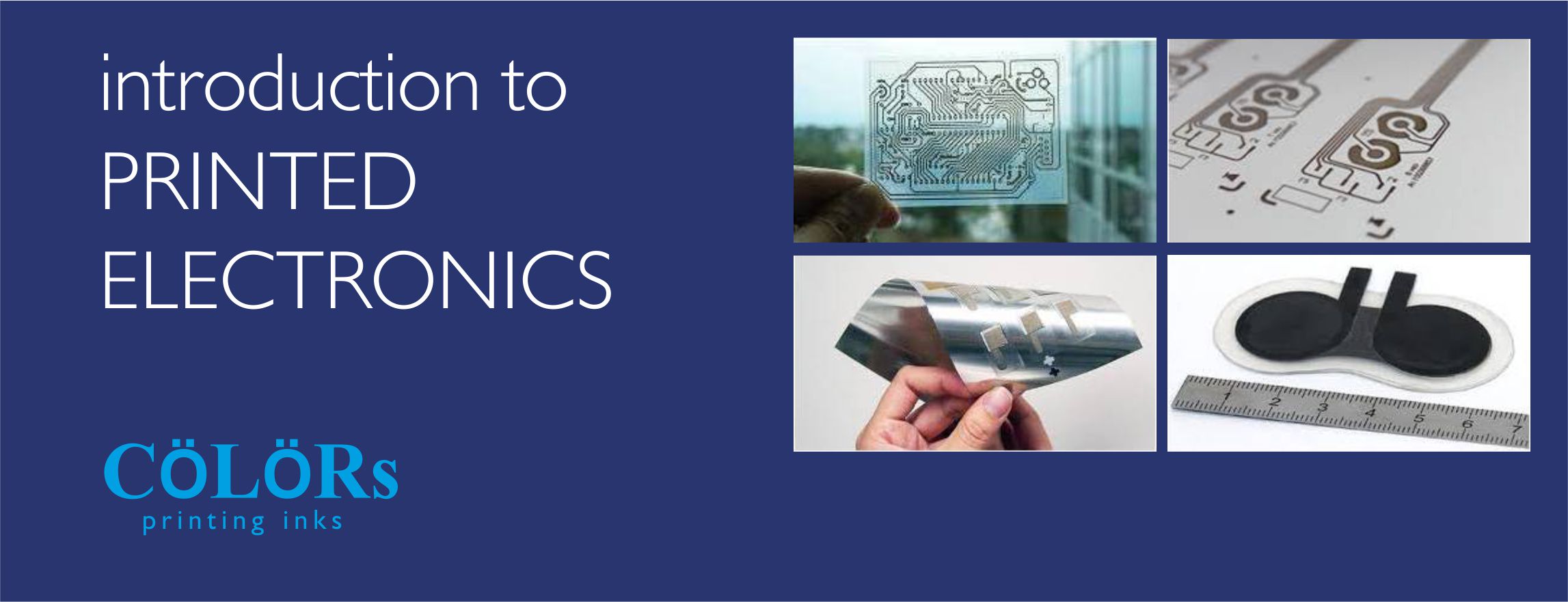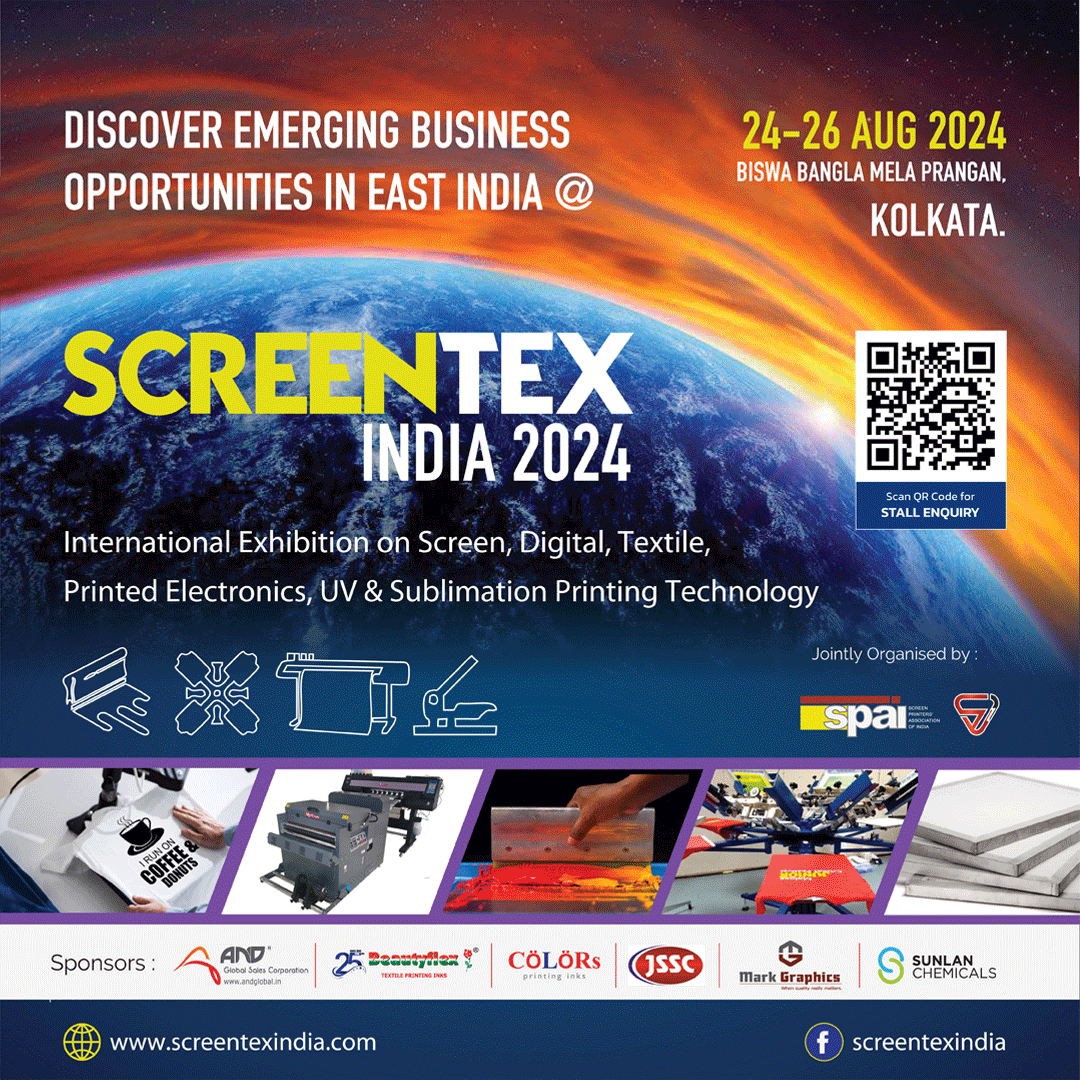Nothing about the last few days has been normal – the complete lockdown has meant that we, as a manufacturing business, have little we can do. One thing that we have all resorted to doing during this time is learning something new and gathering knowledge. With this blog, I want to share with whoever is interested, the process of printed electronics; something that is going to bring a revolution not just in the screen print industry but in many other industries.
To begin with, printed electronics in simple words is electronics (like transistors, touch controls, IC, FET, MOSFET, sensors) printed on different substrates. The printing processes used for this can be photo lithography flexo, gravure, screen and inkjet while the various substrates can be paper, plastics, fabrics, metals and 3D objects. By this combination, one can manufacture high-quality electronic products that are thin, flexible, wearable, lightweight, of varying sizes, ultra-cost-effective, and environmentally friendly.
The aim of printed electronics is to make integrated electronic systems using printing technology instead of the more expensive and complex alternative of IC manufacturing technology.
PE products can be divided either usage – wise or industry - wise. This is how they can be divided as per the usage:
· Flexible displays (front planes such as, for example, OLED, e-paper, and electrochromic and their active matrix back plane)
· Lighting (OLED)
· Organic/inorganic photovoltaics (Solar Cells)
· Integrated smart systems (RFID, sports ï¬tness/healthcare devices, smart cards, sensors, and smart textiles)
· Electronics and components (memories, antennas, batteries, wiring and interconnects, and other components)
And this, as per the industry:
· Automobiles
· Commercial (Invitation and wedding cards)
· Health care
· Home Appliances
· Interior design (Lighting)
· Packaging (Labels)
· Solar cells
· Sports (Sensors)
· Supermarkets (Displays, Tags,)
· Infotainment (Education Books, Games, Displays, Advertising)
· Fashion (Textile, Wearables)
Printed electronics have a great advantage over traditional PCB’s due to their flexibility and cost effectiveness. The following are some of the advantages that PE’s offer:
· Flexible and cost effective
· Lighter and disposable
· Thin and sleek
· Less sensitive to outside conditions like humidity and temperature
· Simple and averse to wear and tea
I hope that this article worked as an informative primer into the fascinating world of printed electronics. I strongly believe that this is the technology that is going to take print communication to a whole another level, and is hence going to be at the forefront of driving and shaping the course of the screen print industry. If there’s any time to jump on this bandwagon, it is now!
If there’s anything you would like me to talk about in the future, feel free to get in touch.
In next blog we will talk about printed electronics application in different industry through screen printing.
Mustafa Kapadia,
He is a founder and director of COLORs – a specialised printing ink manufacturing company. He has done Master of Science – Chemistry and MS – Resource Economics (USA). Currently, He has pursuing PhD at Institute of Chemical Technology with focus on developing novel resins for UV inks.




